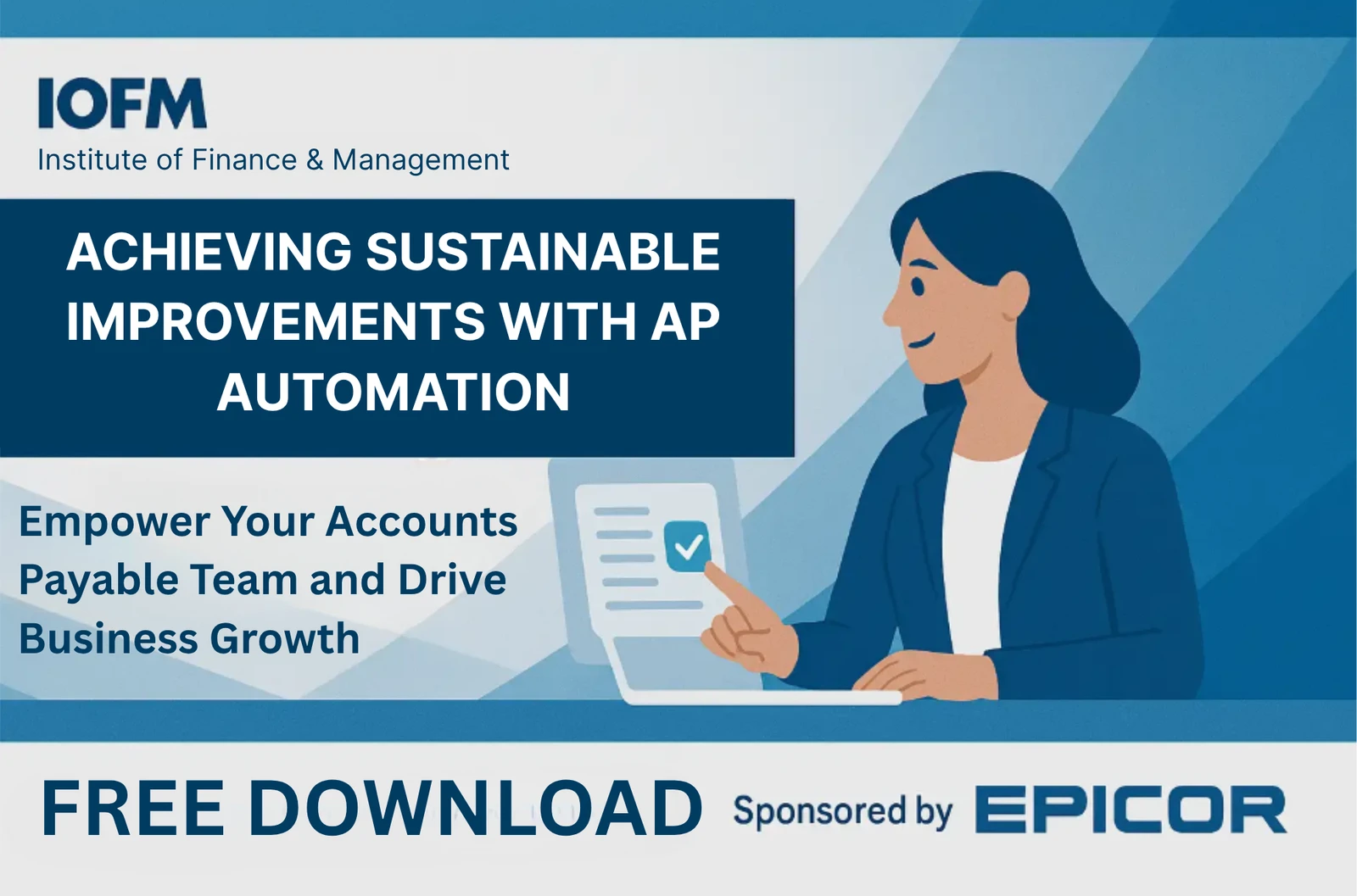In the food and beverage industry, you live by your margins, facing pressure from FSMA compliance, perishable inventory, and complex logistics. Recognizing this, you invested heavily in a powerful ERP system, expecting it to streamline everything.
So why are your teams still stuck manually keying in 10-page invoices or re-typing PDF purchase orders? Why is your cash flow frozen, held hostage by a missing paper BOL?
The problem isn’t your ERP. It’s the “digital gap”—the ocean of paper, PDFs, and manual tasks surrounding it—that’s quietly sabotaging your entire operation. This article explores what’s behind this issue and what you can do about it.
Digital Transformation in Food: Why Your ERP is Only Half the Solution
A $200,000 shipment of perishable goods is on the loading dock, but the Bill of Lading (BOL) is missing a signature. By the time the paper is tracked down, the delivery slot is missed, the customer issues a chargeback, and your cash flow is frozen for another 72 hours.
Sound familiar?
In the high-volume, low-margin food and beverage world, speed and accuracy aren’t just goals—they’re survival. Many F&B companies recognized this and invested heavily in powerful ERPs (like NetSuite, SAP, or Microsoft Dynamics), expecting to solve these exact problems.
And yet, their teams are still drowning in paper, PDFs, and endless manual data entry.
Here’s the hard truth: While many food & beverage companies invest heavily in ERP platforms, they fail to achieve true efficiency or unlock cash flow because they ignore the paper-based “digital gaps” in critical workflows like AP, sales orders, and logistics. The key to growth and compliance is not replacing the ERP, but implementing a deeply integrated document automation strategy—a task that requires expert implementation, not just out-of-the-box software.
1. Digital Transformation Solutions: Automating AP and Credit Memo Workflows
A $200,000 shipment of perishable goods is on the loading dock, but the Bill of Lading (BOL) is missing a signature. By the time the paper is tracked down, the delivery slot is missed, the customer issues a chargeback, and your cash flow is frozen for another 72 hours.
Sound familiar?
In the high-volume, low-margin food and beverage world, speed and accuracy aren’t just goals—they’re survival. Many F&B companies recognized this and invested heavily in powerful ERPs (like NetSuite, SAP, or Microsoft Dynamics), expecting to solve these exact problems.
And yet, their teams are still drowning in paper, PDFs, and endless manual data entry.
Here’s the hard truth: While many food & beverage companies invest heavily in ERP platforms, they fail to achieve true efficiency or unlock cash flow because they ignore the paper-based “digital gaps” in critical workflows like AP, sales orders, and logistics. The key to growth and compliance is not replacing the ERP, but implementing a deeply integrated document automation strategy—a task that requires expert implementation, not just out-of-the-box software.
1. The "Digital Island": Why Your ERP Is Stranded by Paper
The core problem is that your ERP has become a “digital island”. It can’t manage the messy, unstructured data—the paper invoices, PDF purchase orders, and scanned BOLs—that starts and ends every single process in your business.
2. The "First Mile" Failure: Manual Data Ingestion
Your ERP is fantastic at storing data, but it’s terrible at getting it. The “first mile” of every process—a vendor invoice, a customer PO, a BOL—still relies on a human to manually read, interpret, and key in data from a piece of paper or PDF.
Think about it: an AP automation clerk spends 20 minutes manually keying line-item data from a 10-page produce invoice into your ERP, just trying to match it to a PO.
This isn’t just slow; it’s incredibly expensive. According to IOFM, “Manual invoice processing can cost an organization $8.78 per invoice”, which is often due to the hidden expenses of data entry errors, lost documents, and delayed approvals. These inefficiencies can also severely strain vendor relationships, leading to missed early payment discounts, and incurring late payment fees. (You can read more about the real cost of processing an invoice).
3. The "Last Mile" Bottleneck: Disconnected Approvals & Logistics
The “last mile” is just as broken. An order might be sitting in the ERP, but the corresponding Bill of Lading or Proof of Delivery is a separate paper document floating around the warehouse. A purchase requires a manager’s signature, but they’re on the plant floor, not at their desk.
For example, a sales order gets entered, but the warehouse team has to wait for a physical pick-list to print. That list then travels with a paper BOL, which then must be scanned back in days later just to trigger the invoice. The delay is literally built into the process.
4. The Result: Zero Visibility, Costly Errors, and Stagnant Cash
This system creates massive data silos. You can’t trust your ERP’s “real-time” dashboard because you know it’s 48 hours behind reality. This lag directly freezes your cash flow and leads to compliance gaps, vendor disputes, and those dreaded customer chargebacks.
Unfreezing Cash Flow: Automating Your Two Most Critical Cycles
The solution isn’t to rip out your ERP. It’s to build the digital bridges that finally connect it to your real-world processes. This starts with automating your two most critical cash flow cycles: Procure-to-Pay and Order-to-Cash.
Franklin Foods turned to automated solutions to address these issues. By automating AP processes, they were able to reduce processing times, increase accuracy, and ensure compliance with financial reporting regulations. Similarly, automating credit memo workflows enabled them to manage returns and adjustments seamlessly.
Unfreezing Cash Flow: Automating Your Two Most Critical Cycles
- Before: Your F&B AP automation department is buried in manual data entry, chasing lost invoices, suffering through painful 3-way matching, and missing early-pay discounts. This strains relationships with your critical raw ingredient suppliers.
- After (The Solution): An integrated system captures any invoice (paper/PDF) instantly. It uses AI to extract all line-item data, automatically performs a 3-way match inside your ERP, and digitally routes any exceptions for approval—even on a mobile device.
- The Takeaway: You can now pay every invoice on time, capture every available early-pay discount (turning AP into a revenue driver), and give vendors a self-service portal, strengthening your supply chain.
This is how you move to a strategic, modern AP framework.
From Days to Minutes: Accelerating Order-to-Cash (Sales Orders)
- Before: A customer PO (as a PDF) sits in an inbox. A sales rep manually enters it into the system, creating a huge potential for error. The warehouse is delayed, picking is slow, and the invoice isn't sent until that paper BOL finally returns from the driver.
- After (The Solution): The customer PO is captured instantly by the sales order processing food system. It validates the PO against ERP inventory and pricing, flags exceptions, and automatically creates the sales order and populates the BOL for the warehouse—all in minutes. The moment the BOL is signed (digitally), the invoice is triggered.
- The Takeaway: You cut order processing time from days to minutes, eliminate data entry errors, and slash your Days Sales Outstanding (DSO) by billing customers faster.
The Compliance & Logistics Linchpin: Digitizing the Bill of Lading (BOL)
In the F&B world, the BOL is everything. It’s a legal document, a critical traceability record (vital for FSMA compliance), and the ultimate trigger for payment.
A paper BOL process is a massive compliance risk. Integrated bill of lading automation connects your ERP’s sales order directly to a digital BOL and Proof of Delivery (POD) system.
This gives you a complete, digital audit trail from order to delivery, making recalls and audits simple. You can also fight chargebacks instantly by providing an indisputable, time-stamped POD.
Quick Question: How much time did your team spend last month chasing down missing BOLs or manually matching them to invoices?
Why Your IT Team Can't DIY This: The Myth of "Out-of-the-Box"
This is the moment where many teams say, “Our ERP has a module for that,” or “We can just buy a plugin.” At Mosaic, we’ve seen how this approach quickly becomes an expensive setback.
The "Good Enough" Plugin Trap
Many ERPs offer basic scanning or “document management” modules. But these generic tools are exactly that: generic. They don’t have the Mosaic-level intelligence built to understand the specific complexities of the food manufacturing industry. They can’t natively handle variable-weight items, complex pricing contracts, vendor-specific invoice formats, or multi-part Bills of Lading (BOLs).
Our implementation experts have seen companies waste hundreds of thousands of dollars trying to force-fit out-of-the-box tools. The result is always the same: another piece of “shelfware” that doesn’t truly integrate, forcing your team right back to their old, manual paper processes and spreadsheets.
The "Implementation-First" Imperative
Here’s the secret the software world ignores: technology is only 20% of the solution. The other 80% is the implementation.
This is Mosaic’s differentiator, and it’s why our clients succeed where others fail. The value isn’t just our cloud-based solutions; it’s the world-class implementation experts who provide:
- Deep Workflow Analysis: We don't just deploy software; we map your exact workflows—from the receiving dock to the finance department—to identify bottlenecks and configure the system precisely to your needs.
- Custom Configuration: Our experts tune the software to understand the nuances of your business, from specific product codes to unique vendor rules.
- Seamless ERP Integration: We guarantee a bulletproof connection between your specific ERP and surrounding systems (like your WMS or TMS).
We guarantee the technology maps to your real-world processes and delivers the desired outcome. It’s the essential 80% your internal IT team—who are generalists, not food industry process specialists—simply cannot provide.
Stop Blaming Your ERP
It’s time to stop blaming your ERP for your inefficiencies. The real bottleneck is the disconnected paper and manual processes surrounding it. These “digital gaps” are quietly draining your cash flow, increasing your compliance risk, and preventing your F&B business from scaling.
Fixing this isn’t just an “IT project”—it’s a core business strategy. By focusing on expert-led, integrated food and beverage document automation for AP, sales orders, and logistics, you create a single, seamless, and visible workflow that finally unlocks the full power of your ERP investment. Ready to see exactly where your processes are failing and how much it’s costing you?
A free workflow analysis with a Mosaic expert will identify your top 3 paper bottlenecks and quantify the cash impact of fixing them.
Let's eliminate those bottlenecks
Don’t buy another software. Invest in a guaranteed outcome. Schedule a free, workflow analysis with a Mosaic implementation expert today. We’ll show you exactly how we can integrate with your existing ERP to solve your top 3 paper bottlenecks in less time.


